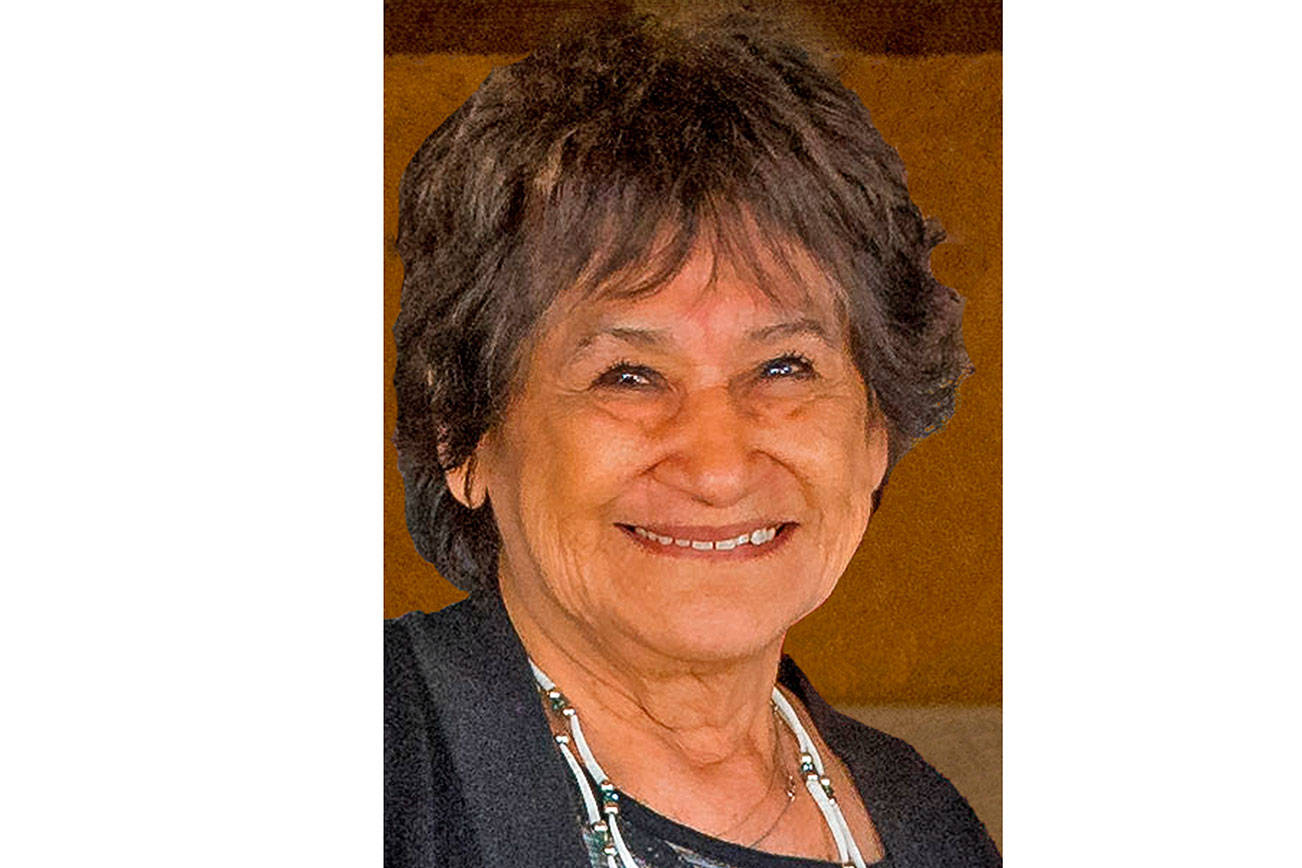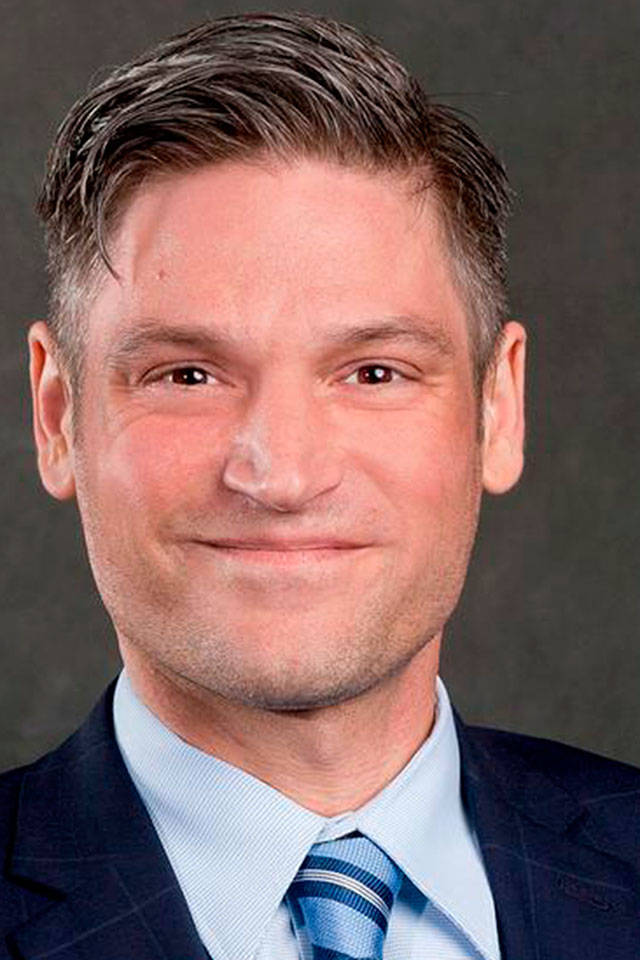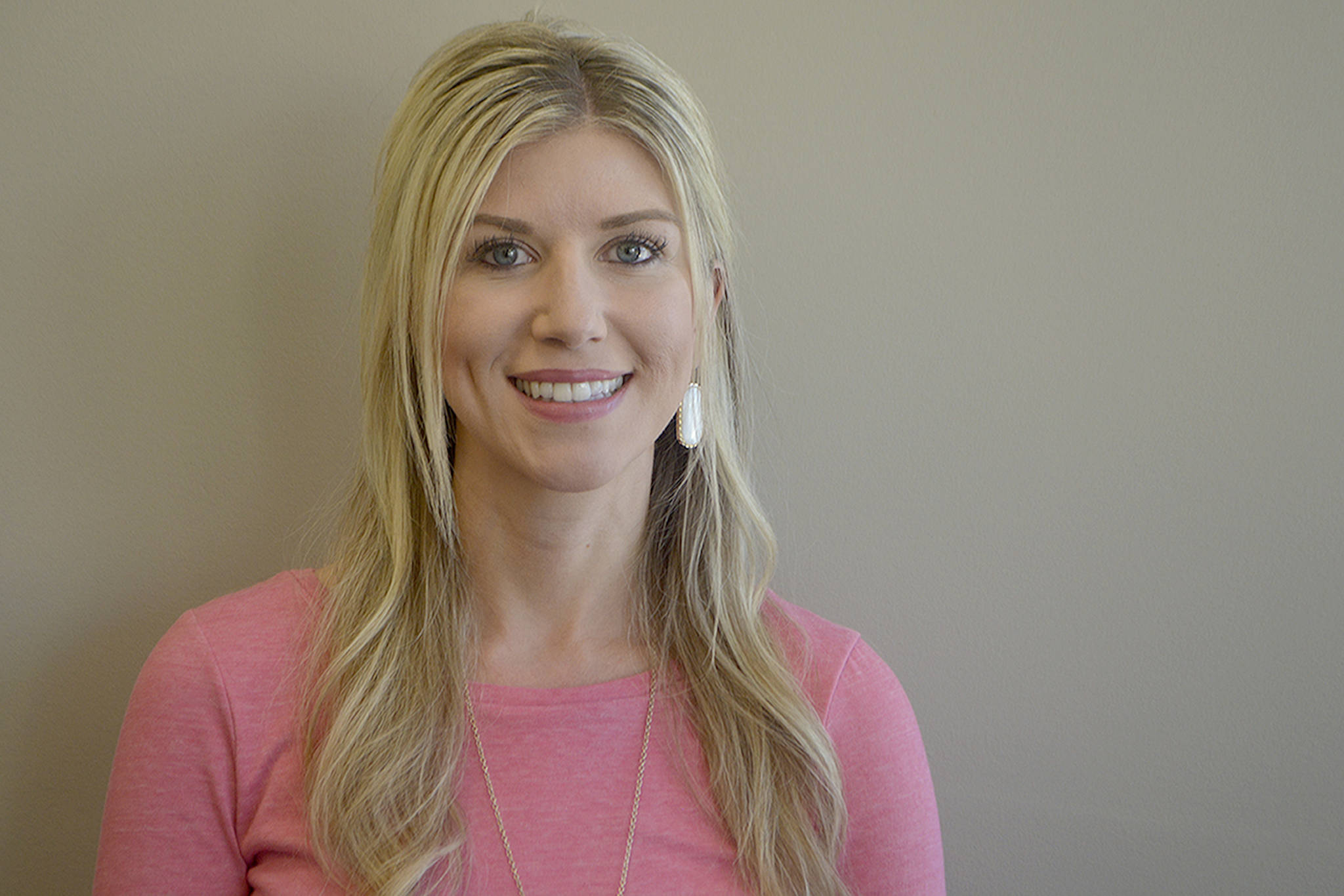We were all invited to the Marysville Summit on Education held on March 29 at Marysville Getchell High. Change is the reason we should have attended. The school district has a new superintendent. The county has a new County Exec. Out with the old and in with the new. Newcomers’ decisions will certainly affect our lives, so we share an interest in how they manage the challenges of their jobs.
Dealing with big issues would be a cinch if things would just hold still. If they did, a one-size-fits-all motto for success might read, “Do it like it was done before — but better.” Conservatives like that approach better than liberals because they’re a bit more wary of change. Liberals, on the other hand, can be too welcoming of change, sometimes answering challenges with hastily crafted solutions.
With Conservatives embracing a past that lacks relevance to modern issues and Liberals attempting to manipulate a future they don’t fully understand, it’s no wonder America is so often disappointed by leaders and their programs. We demand security and comfort. We expect whoever’s in power to lead us along smooth paths, even when the going is unavoidably rough.
I’d rate the current crop of governmental leaders at no more than a C-plus, their grades suffering from the old bugaboos of ambition, power-seeking, ideology and blindness to their own shortcomings. Even the best of them find their best intentions weighted down by the baggage of history and an uncertain future. And for that they get unfairly marked as flawed or incompetent. In a sane world they’d probably earn higher marks.
These folks were held up as the best at the time of their appointments or elections. If they bring change, some will gain, others lose and the losing is unforgiveable. Some will be painted as demons, not because they lack leadership skills, but because the ground under them changes. Unpredictably.
Leadership’s predicament is like this: You plan a road trip. You pick up what you think is a great road map and spend months marking the routes to be traveled, plotting out an itinerary, figuring where to stay and what to see. A few days into the trip you’re surprised that the route you mapped is rough, dangerous and devoid of interesting terrain. What’s happened? Bad planning? A faulty map?
You’d marked in freeways to carry you across wide-open spaces. But somehow those marks now spot you on secondary roads while the freeway you thought you’d be traveling runs parallel, about 40 miles to the south. This is a fair comparison with what happens to leaders when a major industry leaves or arrives, when school bonds fail, when an unexpected influx of population hits town or when any of a hundred other impacts upset predictions. The road map of reality changes.
Short-sighted critics can’t see that. They figure that a road map for living should be fixed and not bow to change. They don’t realize that they’re stuck in time warps, drawing marching orders from a mythic past that can’t be relived. My boyhood was so pleasant that I’d wish it for my grandchildren if that were possible. There was room for harmony then because, for one reason, America’s population was less than half of what it is now. We can’t go back.
Change hits education especially hard. A few generations before my time, an ambitious person with a taste for healing could digest the 1862 American edition of “Gray’s Anatomy; Descriptive and Surgical,” and become a frontier doctor. Or a literate person with a good suit of clothes and a working knowledge of William Blackstone’s book on English law could claim to be a lawyer. Master a book and you had it made. Compare that with higher education today.
A short 30 years ago, public schools were focused on SLOs, or Student Learning Objectives. Well-meaning dunderheads had figured that the mission of schools was to teach to the lowest common denominator so we dumbed down expectations to what the least of them could accomplish. With expectations set that low, students naturally gravitated to meet the SLO standards.
Things had to improve and they did. Parents wanting more for their kids lobbied for charter schools but average scores from the first wave of charter schools were less than spectacular. When charter schools jacked up expectations for student performance beyond those of public schools, test scores soared. Yet many public school parents howl bloody murder when asked to mimic charter school parents’ support for kids’ studies. Reluctant parents were clinging to obsolete roadmaps while their kids’ schools advanced with the times.
It’s often change that makes legislative proposals or new curriculum grate on us. Whatever doesn’t resonate with our personal pasts isn’t friendly. But if we’re to work our way through the messes and conflicts of this changing world, we’re going to learn to look ahead, not back, and not be so ready to condemn leaders. And critics should accept that they cannot fully understand issues of change until they get involved.
Comments may be addressed to robertgraef@comcast.net.




